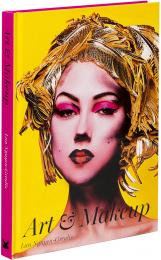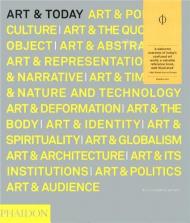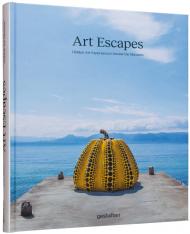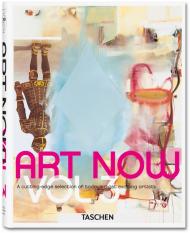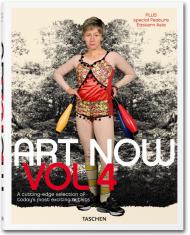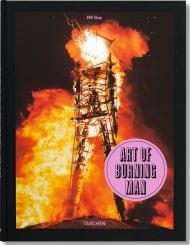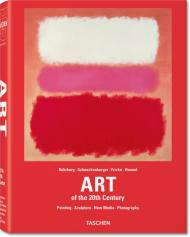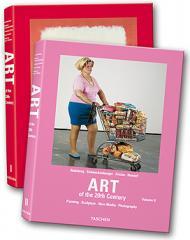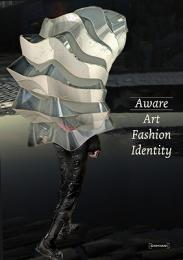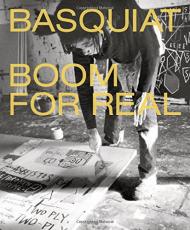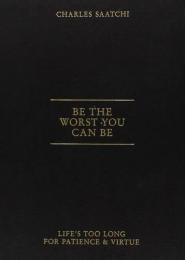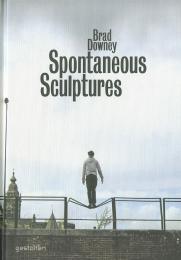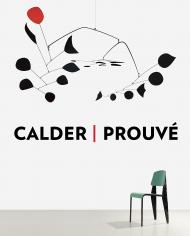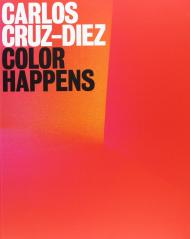Art stars. This is the ongoing catalog of contemporary art, now in its fourth volume
Think of this tome as a global go-round of the world’s most influential galleries: if it’s hot in the art world today, it’s in this book. Emerging artists are featured alongside established greats like Chuck Close, David Hockney, or Brice Marden. A to Z entries on more than 100 artists include images of important recent work, an introductory text, and a short exhibition history with bibliographical information. The illustrated appendix collects contact details for the galleries representing the artists as well as auction results of the last few years.
Bonus: a special feature focusing on the art boom in Eastern Asia, with essays by Karen Smith on the contemporary art scenes in Beijing and Shanghai, and by Colin Chinnery on the postwar art-historical developments between China, Japan, and Korea. Conversations with leading curators from Seoul and Tokyo throw a light on the current developments in these cities, while a small art guide of the region’s metropolises in the appendix can serve as a guide to the must-see venues for travellers or browsers through the World Wide Web.
Featured artists:
Adel Abdessemed, Ai Weiwei, Doug Aitken, Allora & Calzadilla, Darren Almond, David Altmejd, Francis Alÿs, Cory Arcangel, Tauba Auerbach, John Baldessari, Matthew Barney, Georg Baselitz, Karla Black, Cosima von Bonin, Monica Bonvicini, Cecily Brown, Glenn Brown, André Butzer, Cai Guo-Qiang, Maurizio Cattelan, Chuck Close, George Condo, Tacita Dean, Nathalie Djurberg, Peter Doig, Marlene Dumas, Olafur Eliasson, Elmgreen & Dragset, Urs Fischer, Fischli & Weiss, Walton Ford, Günther Förg, Tom Friedman, Katherina Fritsch, Cyprien Gaillard, Theaster Gates, Luis Gispert, Douglas Gordon, Mark Grotjahn, Subodh Gupta, Andreas Gursky, Rachel Harrison, Mona Hatoum, Richard Hawkins, Arturo Herrera, Charline von Heyl, Damien Hirst, Thomas Hirschhorn, David Hockney, Carsten Höller, Thomas Houseago, Gary Hume, Anish Kapoor, Mike Kelley, Ellsworth Kelly, Jeff Koons, Barbara Kruger, Klara Lidén, Brice Marden, Marepe, Beatriz Milhazes, Takashi Murakami, Bruce Nauman, Ernesto Neto, Tim Noble & Sue Webster, David Noonan, Albert Oehlen, Chris Ofili, Gabriel Orozco, The Otolith Group, Jorge Pardo, Philippe Parreno, Raymond Pettibon, Elizabeth Peyton, Richard Phillips, Richard Prince, Michael Raedecker, Neo Rauch, Anselm Reyle, Gerhard Richter, Sterling Ruby, Ed Ruscha, Mark Ryden, Anri Sala, Wilhelm Sasnal, Cindy Sherman, Simon Starling, Rudolf Stingel, Thomas Struth, Mickalene Thomas, Wolfgang Tillmans, Gert & Uwe Tobias, Janaina Tschäpe, Luc Tuymans, Keith Tyson, Piotr Uklański, Adrián Villar Rojas, Danh Vo, Kara Walker, Jeff Wall, Rebecca Warren, Pae White, Christopher Wool, Yang Fudong, Haegue Yang, Zeng Fanzhi
